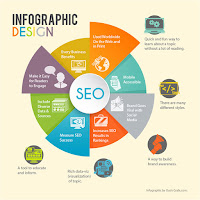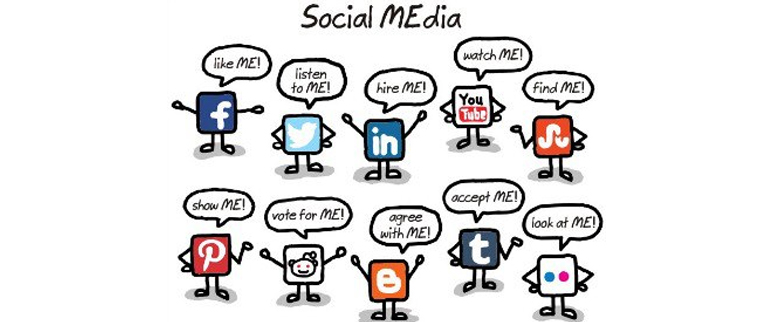 As a future teacher, I think it is important to keep in mind that I need to make sure I am using sources that are credible and that I am giving those sources credit so I can avoid the consequences. The internet is a great source for teachers to obtain information for themselves and students, but after reading an article that gave information about fair use and copyright for teachers, I realized how serious this can become. Penalties for not citing sources can result in up to $100,000 for each act of plagiarism. It is also important for teachers to look over the policies that their school district has for discipline because in some cases when charged with copyright violations, they will not be provided with legal support from their district.
As a future teacher, I think it is important to keep in mind that I need to make sure I am using sources that are credible and that I am giving those sources credit so I can avoid the consequences. The internet is a great source for teachers to obtain information for themselves and students, but after reading an article that gave information about fair use and copyright for teachers, I realized how serious this can become. Penalties for not citing sources can result in up to $100,000 for each act of plagiarism. It is also important for teachers to look over the policies that their school district has for discipline because in some cases when charged with copyright violations, they will not be provided with legal support from their district.Knowing this means that educators have a lot of responsibility to make sure this information is given to their students. Because I am going to be an art teacher, I will have to make sure that I am teaching my students how to cite sources if they are doing a paper for me. I will also want them to be aware of how important it is to cite other artists work when using it for their o
 wn uses. I feel it is important to explain to them that downloading music and videos. I want to teach at a middle school and high school grade level so I believe this is important information that they need to understand. Many kids this age do not understand that it is illegal to download music and movies because they simply believe it is free. But what they don't know is that they could get into legal trouble for doing this. I currently do not know how I want to bring awareness to my students, but I definitely feel it is extremely important.
wn uses. I feel it is important to explain to them that downloading music and videos. I want to teach at a middle school and high school grade level so I believe this is important information that they need to understand. Many kids this age do not understand that it is illegal to download music and movies because they simply believe it is free. But what they don't know is that they could get into legal trouble for doing this. I currently do not know how I want to bring awareness to my students, but I definitely feel it is extremely important.Another responsibility I will have as a teacher is to understand the importance of the four creative license elements. These elements consist of attribution, share-alike, non-commercial, and no derivative works. These elements can be applied to all work under copyright such as images, blog posts, articles, books, etc.
Overall I strongly believe that teachers should be aware of how important it is to make sure you are following the copyright laws. I also believe that no matter what subject that you teach, it is important to make sure you give your students background of this knowledge so you can prevent them from getting in trouble in the future.







